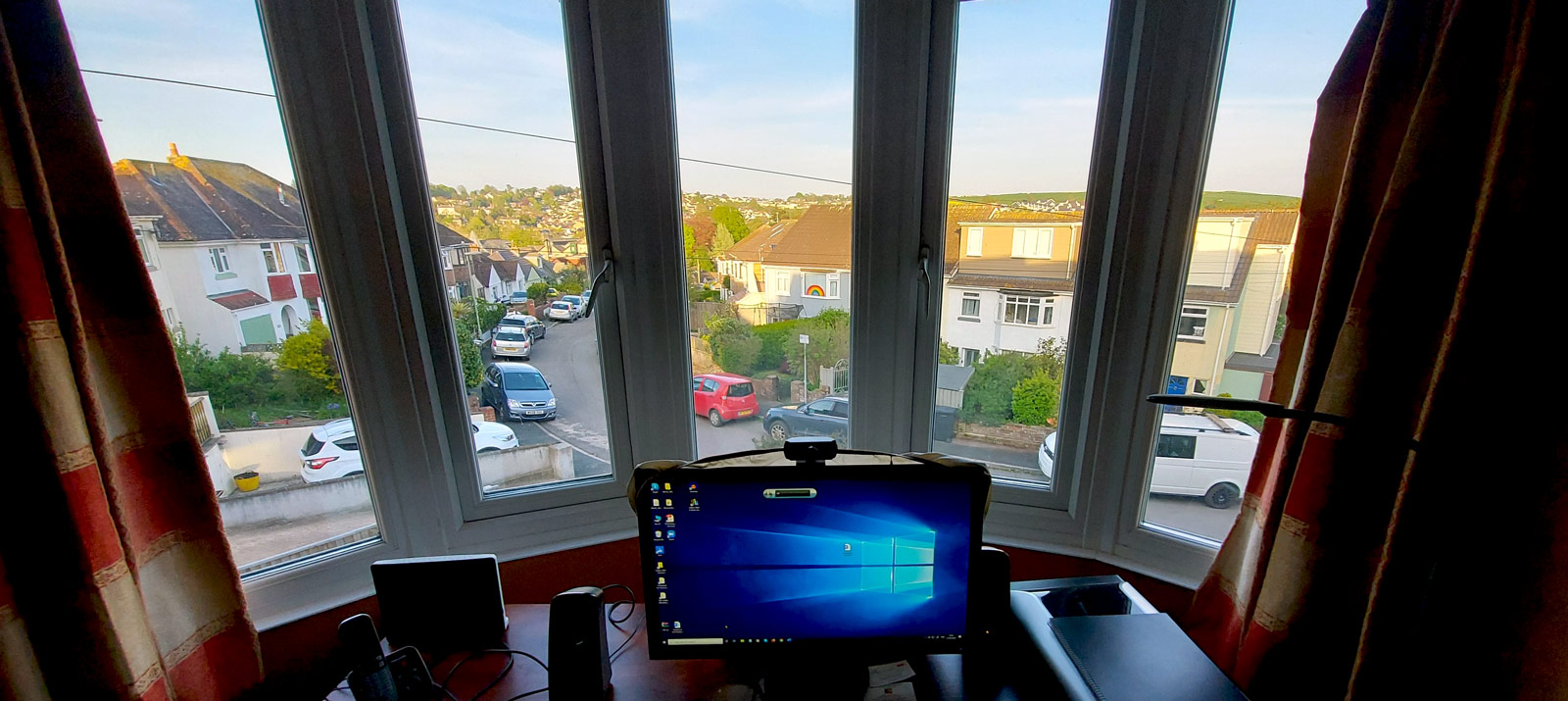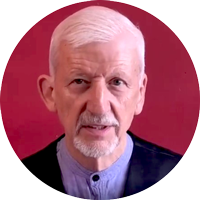Also see support message for drivers from a personal injury law firm in Florida, USA.
The firm Payer Law wrote; “Our goal is to provide accident victims with the resources they need to heal both physically and emotionally. We’ve put significant thought and effort into this resource, and I’d greatly value your feedback.”
I read the text through. I gave it a five star rating. The firm certainly put much care and attention into supporting needs of clients and others. The principle is simple. Prevention is better than cure. The firm address both.
There are more than a billion cars on the road with all drivers needing to know practical resources, starting with mindfulness. I haven’t owned a car since the start of the millennium. Occasionally, I hire a car for a day or two, get around on my bike and am a daily pedestrian. We can all benefit.
Click on the link below to look at the page on their website.
Navigating Emotional Recovery After a Car Accident – payerlawgroup.com/navigating-emotional-recovery-after-car-accident/
Mindful driving starts before you get into the car. The practice of mindfulness benefits yourself and contributes to the calmness and safety of other drivers, plus pedestrians and animals on many roads.
The page on the law firm’s website inspired me to write some points for mindfulness for subscribers to my social media. You will see similar points made on the firm’s website.

Here is a list of 12 points for Mindfulness and Driving to minimise the chance of an accident
The links confirm a mindfulness practise out of kindness for yourself, any fellow passengers and respect for others on the road. Take a read. Do any points stand out that you need to remember and apply?
1. Mindfulness of driving begins with the intention of walking towards your vehicle or another mode of transport, such as a car, bicycle, motorbike, bus, coach, truck, or a plane, if you are a pilot. Take two or three long, deep breaths. Breathe in through the nose and out through the mouth, relaxing as you breathe out. Then start walking. Give yourself plent of time to arrive or with exceptional care, such as taking a person in an emergency to hospital.
2. Walk tall and focus ahead. This will contribute to moving calmly in a relaxed way. You might be alone, or with one or more who join you. You might share a few words or mention this is a quiet few moments for you before stepping into the role of the driver.
3. Open the vehicle car door mindfully. Get into the seat. Sit tall. This means the two hips move forward a little to expand the diaphragm and stomach area to release extra energy and alert presence. Be mindful of your immediate environment.
4. Check any passengers have fastened their safety belts. Do not put pressure on them. You only need to hear an OK.
5. Take two or three deep breaths. Make the intention to drive with calmness and focus throughout the journey. Place the key in the ignition or press the automatic button.
6. During your driving, you may notice drivers reactive, slow, fast, or impatient. Avoid becoming reactive and judgmental in the same way. Use this as an opportunity for mindfulness practice rather than creating stress for yourself. Breathe in, breathe out, breathe in, breathe out.
7. Drivers are vulnerable to reactivity. The journey may take longer owing to traffic jams, an accident and road works. Turn your attention to the whole body. Breathe mindfully and relax the whole body while staying focussed on the road ahead.
8. Connect with the immediate environment. Remember accidents, crashes, near misses, often occur due to the force of desire in the mind of a driver. Perhaps the driver wants to get the journey over with as quickly as possible. Is there a desire to get out of the traffic jam or the desire to overtake somebody to prove a point?
9. Driving a car mindfully can become a relaxed and contented experience – an opportunity to be alone or share quality time with your passengers. A car journey is not the place for intense conversations.
10. Challenging states of mind. Unresolved states of mind can arise during the journey. Fear, anxieties and worry can contribute to a disconnection from the driving. Breathe deep and stay focussed. Another area of vulnerability includes tiredness, not only from a long journey but also during a short one. You might open the window to let in air, find a place to park to take a rest or go for a walk. Some people chew gum to generate more energy. You might say aloud a few times. I am driving with the intention to stay alert until you find a place to have a break from driving. Just to add: Make purposeful intentions to be mindful in other challenging situations in your daily life.
11. Tensions in the body can also influence driving. Some of the tension may go down through the arms and into the hands and fingers holding the steering wheel. Relax. Breathe in. Breathe out. Errors easily occur when the mind goes into automatic pilot at the cost of interest in the driving process.
12. Skilful mindfulness contributes to caring acceleration and smooth braking as notable features for safe driving.
On completion of your journey, appreciate the highlights and acknowledge areas to deepen your mindfulness practice.
May all drivers enjoy the experience of driving
May all drivers be mindful of other drivers, pedestrians and animals
May all drivers develop the power of mindfulness.

